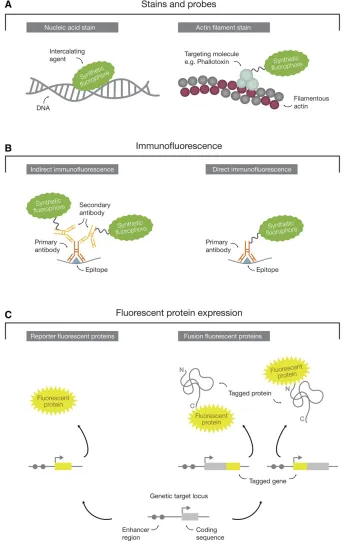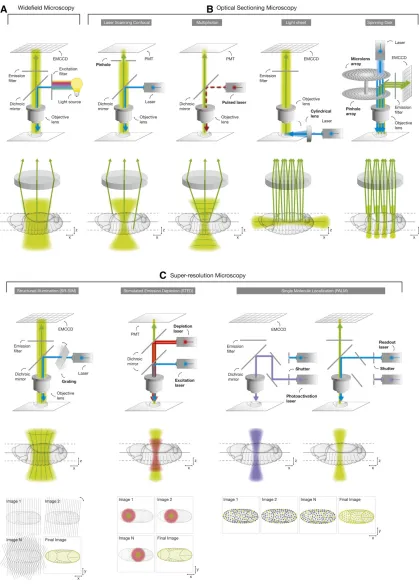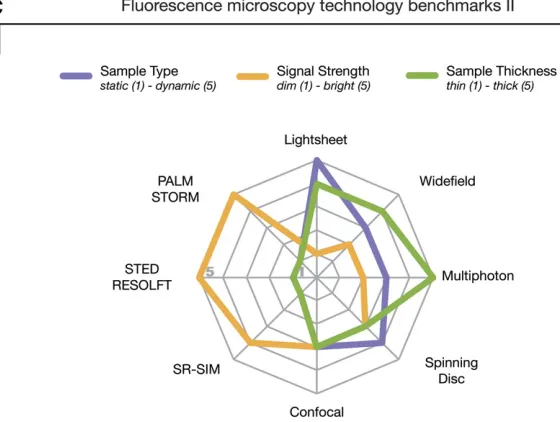Imaging Flies by Fluorescence Microscopy: Principles, Technologies, and Applications
Full text
Figure




Related documents
PicoQuant demonstrated that live cell imaging can be performed on a single point confocal microscope using a 30 µs pixel dwell time (1 frame per second using, 256×256
Specifically, we investigate the potential of automated analysis of data acquired from a multimodal imaging system that combines fluorescence lifetime imaging (FLIM) with
B Supporting Material 43 B.1 Single Molecule Imaging in living Drosophila Embryos with Reflected Light- Sheet
Optical and fluorescence microscopy can reveal micron-sized bubbles, while dynamic light scattering (DLS) and other optical particle counters can be used to determine the size of
To overcome the current limitations and to establish a robust strategy for long-term (24 h) time-lapse imaging of E6.5-8.5 mouse embryos with light-sheet microscopy, we developed
Imaging of nanoparticle-labeled stem cells using magnetomotive optical coherence tomography, laser speckle reflectometry, and light microscopy.. Peter Cimalla, a Theresa Werner, a
(2015) Voltammetric scanning electrochemical cell microscopy : dynamic imaging of hydrazine electro-oxidation on platinum electrodes..
We also present results on Near-field Scanning Optical Microscopy (NSOM) applied to imaging the beam and divergence properties of laser diodes [3,4,5] and internal fields
